Posted on 6/30/2023
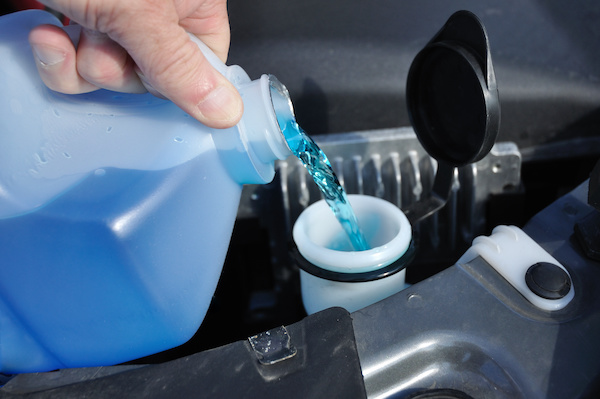
Windshield wiper fluid, a mixture of solvent, antifreeze and detergent. This fluid comes in handy when removing dirt and grime from your windshield. But, can it be replaced by regular tap water? Let's find out more on the topic. Benefits of Using Windshield Washer Fluid A vehicle's windshield is cleaned using windshield wiper fluid, a pump, and windshield wipers. The fluid can be sprayed on to the windshield irregardless of whether the vehicle is moving or stationary. One of the major pros of using windshield fluid is that all types of the products contain some type of antifreeze which comes in handy in the cold temperatures. As the name suggests, antifreeze prevents the windshield liquid from freezing. Regular water does not have this property and thus will freeze in cold weather. There are different types of windshield fluid formulas. Some washer fluids come in powder form, to be mixed by you. Others are sold in fluid form but are to be diluted by water. This however does ... read more
Posted on 5/30/2023
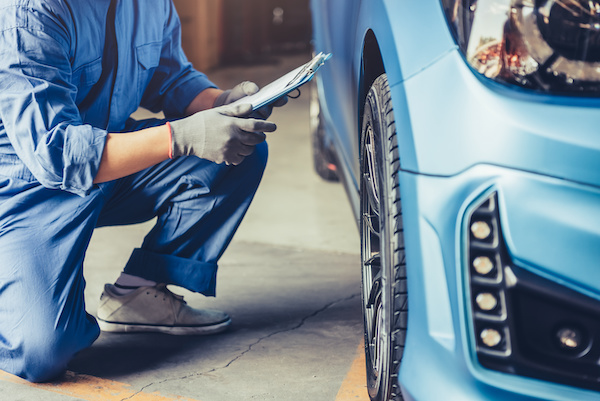
You've found the car of your dreams, the one that perfectly matches your style, needs, and budget. It's tempting to dive headfirst into the excitement of buying a new car, but hold your horses! Before you make that final decision, there's a crucial step you should never overlook: the pre-purchase inspection. Uncover the Truth with an Inspection A pre-purchase inspection is like a detective's magnifying glass, revealing any hidden issues or potential problems that may not be obvious to the untrained eye. A professional technician will carefully examine the vehicle, assessing its overall condition, mechanical components, and safety features. Increase Your Negotiating Power Armed with the knowledge gained from a pre-purchase inspection, you'll have the upper hand in negotiations. If the inspection reveals any issues, you can use this information to arrange a fair price or request that the repairs are paid ... read more
Posted on 4/26/2023
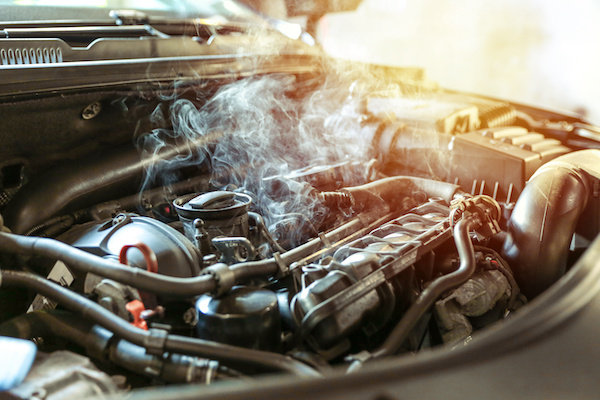
As a driver, the last thing you want is for your engine to overheat while you're on the road. Unfortunately, it can happen, especially if you haven't been keeping up with regular maintenance on your vehicle. If you find yourself in this situation, there are a few things you can do to help mitigate the damage and keep yourself safe. 1. Turn off the A/C and Turn on the Heater When your engine overheats, it's crucial to turn off your car's air conditioning system to reduce the load on the engine. Turning on the heater will help pull heat away from the engine and release it into the passenger section. This may not be comfortable during hot weather, but it can help keep your engine from overheating until you can safely pull over. 2. Safely Pullover If your car is still overheating after driving for a few minutes with the heater on and A/C off, you should pull over. Turn off the engine and let it cool down for at least 20-30 minutes. This is the safest approach to coolin ... read more
Posted on 3/30/2023
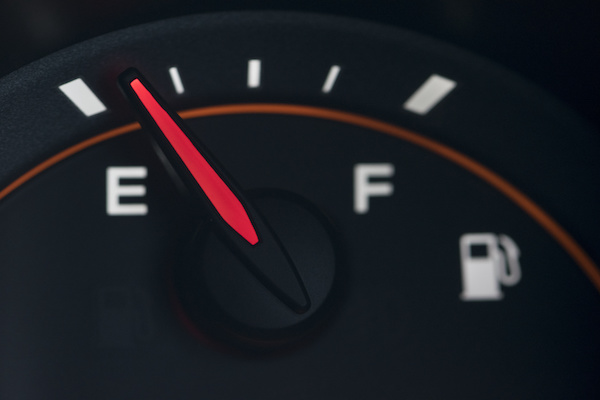
If you're one to put things off, you've probably found yourself driving with the fuel light on or with your gas gauge reading 'E' at least once before. It's not uncommon, but it can be very stressful not knowing how much farther you can drive before running out of gas. How Far Can You Drive With the Fuel Light On? The answer to this question depends on the make and model of your vehicle, as well as your driving habits and road conditions. For the most part, you can typically drive between 30-50 miles after the fuel light comes on. However, this is simply just an estimate, and it's always better to play it safe and fill up your gas tank as soon as the light comes on. What to Do If You Run Out of Gas If you do find yourself running entirely out of gas, don't panic. Here are some important steps to take: Pull over to a safe location: If you're driving on the highway, pull over to the side of the road as soon as possible. Make sure you're out ... read more
Posted on 2/28/2023
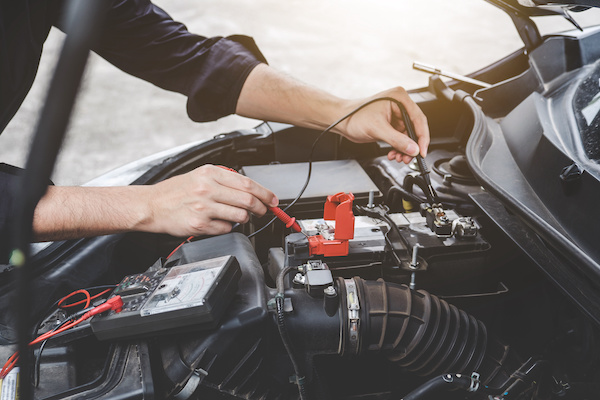
Preventative maintenance is the routine care and upkeep of a vehicle to keep it running smoothly and to prevent major problems from occurring. The goal of preventative maintenance is to identify and address potential issues before they become more serious and costly to repair. By regularly performing preventative maintenance, you can extend the lifespan of your vehicle and reduce the risk of unexpected breakdowns or costly repairs. Here are some common preventative maintenance tasks that are recommended for most vehicles: Oil Changes: Regular oil changes are one of the most important preventative maintenance tasks. Oil helps to lubricate the engine, reduce friction, and keep the engine cool. Over time, oil can become contaminated and lose its effectiveness. Regular oil changes help to maintain the health of the engine and reduce the risk of serious problems. Tire Rotations: Regular tire rotations help to evenly distribute wear on the tires, which can extend the lifespan of the tires ... read more